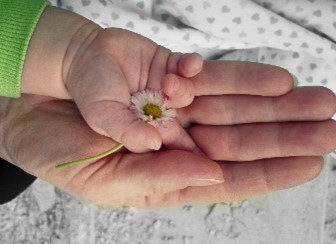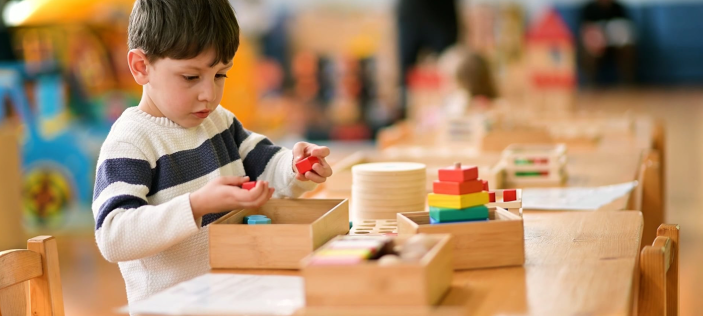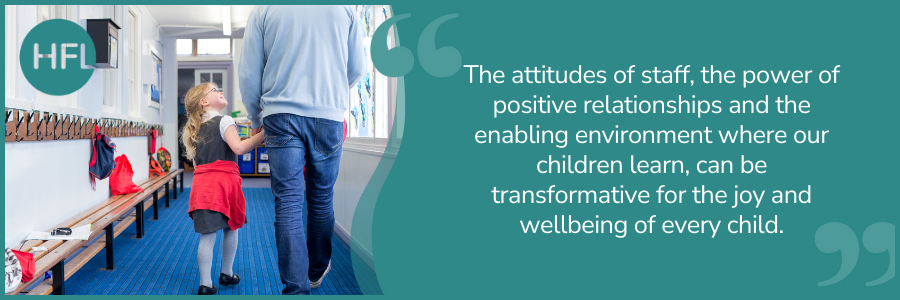
Do you remember your first day at school? I do… I remember hanging on to my mummy’s coat for dear life, begging her to take me home where I felt safe. Once I was finally in school, I have memories of staring out of the window, feeling alone and longing for her to return. I remember the different smells, the overly bright colours, and the overwhelming noise. For some children, particularly our most vulnerable, this feeling can endure for far too long. Every day can continue to feel like their first day.
In this blog, we will explore the significance of cultivating a nurturing community for each and every child. We will consider the impact of the positive relationships and enabling environments that create a sense of safety and belonging for all children, allowing them to thrive.

Schools and settings are busy places. Often, adults have little time to stop (let alone stop, feel, think, and do) to consider what each child in their setting has experienced before school that morning, the previous evening or what is going on in their life. Do we truly recognise how powerful our interactions with them can be as key adults in their early years?
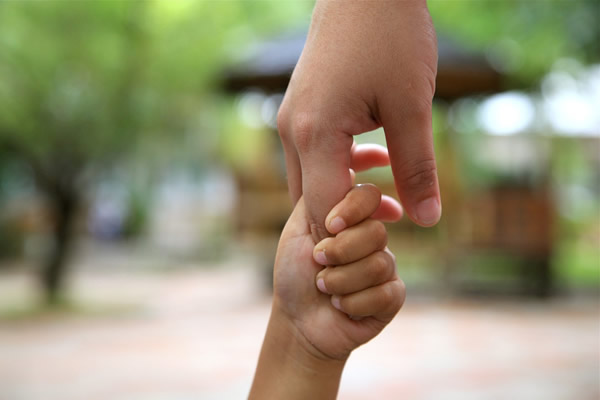
Let us return to my first day of school once more. What else do I remember?
I remember a gentle touch on my shoulder, a warm smile, and the calming words of my teacher, reassuring me that “I am here to help, talk to me and I will listen.” The gentle taking of my hand to lead me into my first ever classroom. The sense of belonging I felt when I saw what I had drawn during my home visit displayed proudly next to my peg. My creation was given value and respect. What also remains is the sound of the calming music, the reassuring smile, words, and consistent patience that would help me to find my calm and become a valued member of the class.
A sense of belonging is fundamental to human nature, and it begins to take root in the early years of life. When children feel connected to their surroundings, they develop a solid foundation for positive mental health and social development. A supportive environment fosters feelings of security, acceptance, and the confidence to explore the world around them.
The child’s perspective
Do you ever stop and look at life from the perspective of each and every child in your setting? Find time to see the world at each child’s level (figuratively and quite literally!). What do you feel, see, and hear, at this level? Where is your safe space? Who can you go to for support and safety? Are cues and displays accessible and meaningful? Do they help to guide you in the absence of an adult? Do you see yourself represented in books, displays and areas? Do you feel like you belong?
Now go outside and do the same. Step outside of the school building during morning drop-off, playtime and home time and take in the level of noise: cars zooming past, children running around, laughing, shouting. Do you feel safe and secure? Many children find the unstructured moments in the day a real challenge, and it’s important that we consider what is in place to support them here too.
In her paper, Mårdsjö Olsson of Gothenburg University, talks about the adults being sensitive to the individual experiences and needs of each child, and consider what is going on in their world. ‘The teachers who are sensitive to the children and the world around them become acquainted with their thoughts, questions, and skills to be able to interpret and support their needs.’
Positive relationships
Picture the following examples for a moment:
It's PE day. A child in your class doesn’t have the correct kit, again. Do we empathise and understand why, or do we judge, talk about them, and perhaps even reprimand them?
The class is already in full swing, and a child is late for school. They're greeted by an eye-rolling adult, reminding them they are late again!
The child, not only new to the school setting, but new to the country, and now thrown into a world of language that they do not understand.
A child, who is experiencing trauma, and as a result is hyper- vigilant, withdrawn, afraid, just waiting for something to go wrong….
The attitudes of staff, the power of positive relationships and the enabling environment where our children learn, can be transformative for the joy and wellbeing of every child. Paul Dix believes relationships are key. In his book, ‘When the Adults Change, Everything Changes,’ Dix shares his thoughts on behaviour management in school and aims to end the search for a change in children’s behaviour, his focus is on the adults.
How the adults react and respond to children’s individual needs or behaviour can have an incredible impact on the wellbeing and academic success of children. When they show kindness and reflect on the needs of the child, trust develops over time.
We know that secure attachment is vital for children’s wellbeing, learning and achievement.
Welcome!
Is your learning environment warm, inviting, and inclusive? Is it relevant and relatable? Creating a diverse and inclusive environment in early years settings is crucial for the holistic development of children. It helps to develop a positive sense of identity, learn about diverse cultures, and fosters a welcoming atmosphere for all families. Embracing and understanding cultural identity can positively influence a child's self-regulation by providing a sense of pride and acceptance.
Imagine a child coming into your setting after experiencing trauma. You are their calm and safe place. Having soothing, mindful, music playing in the background could be enough to decrease the child’s anxiety in that moment.
Create a permanent safe space within the setting and allow time for reflection within routines, where children have an opportunity to talk, feel and recognise their emotions. Self-regulation is vital, so they can recognise and understand their emotions, and learn what strategies support them to self-regulate.
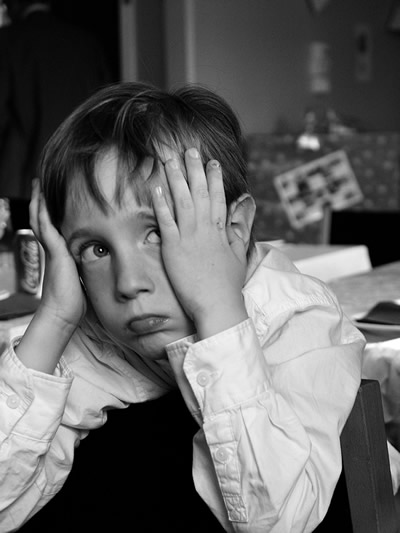
Self-regulation and belonging
We know behaviour is a form of communication, yet we can sometimes be too busy to stop and reflect on why a child’s behaviour is challenging. Do we stop to consider the experiences of the child who behaves unsafely, runs, hides, or remains silent? Trying your best to teach a class when this behaviour is happening is a real challenge. We understand; but we want it to stop. Often, we may even consider removing the child from our classroom. ‘What about the rest of the children?’ we might say.
Self-regulation and a sense of belonging are interconnected aspects of a child's social and emotional development in the early years. When children feel a sense of belonging, it positively influences their ability to self-regulate. Does your learning environment enable this?
Check in with me
The ‘DfE’s Best Start in Life Part 2’ discusses giving young children from 2 years old emotional awareness and the impact this can have on their wellbeing and learning and achievement as they get older. Children need opportunities to practise these techniques through daily routines, role play and effective interactions with adults. ‘Adults can then prompt children to use the strategy they have learned when needed.’
We can teach children strategies to understand and control their emotions. Introduce self- regulation into routines. On entry to the setting, children can be encouraged to move their name or photo onto a visual or zone to represent how they are feeling. This will give opportunity for the adults to check in with the children on entry and give them the language of self- regulation. Children can check in throughout the day and move their photo to a different zone if their feelings change. Over time, with adults reinforcing language and understanding, they will recognise and understand when they are becoming less regulated. ‘They become aware and are able to do something about it in the moment.’
Empower me
Do you offer tools in the safe space to aid the child to be calm and aid self-regulation? Teach simple mindfulness techniques within the daily routines such as counting back from 5 and deep breathing exercises. Using timers will encourage children to return to the rest of the group when they are ready.
Children may find it difficult to express themselves and talk about how they are feeling. Emotion cards may help to identify big emotions and let them know it is normal and natural to feel.
When situations arise that may not have gone to plan – does the child feel that there is an opportunity for reflection and repair and do adults use these as a learning opportunity?
Show me: consistent routines and expectations
Consistent routines and predictable environments provide a sense of security for children, promoting a stable emotional state. Do you display visuals at the child’s level? Can they easily see and access them at any point during the day? When embedded into consistent routines, a visual timetable will empower children to know what to expect next. Children can become anxious when they do not know what is happening. The symbols should be removed once an activity finishes, so the children are prewarned that the next activity will be starting. Visual timetables can help to break down the day, so children understand transitions which in time helps to reduce anxiety.
‘The positive impact of implementing a visual timetable, accessible for all children in a setting, is to promote two-way communication between practitioners and children, to increase independence, instil confidence and to reduce anxiety that can occur between transitions. (Freeman et al, 2009).’
Inclusive practices
Implement inclusive practices that consider the individual needs and abilities of each child. Provide accommodations and adaptations to ensure that all children can actively participate in activities.
Encouraging self-expression
Whether through roleplay, art, music, or storytelling, encouraging self-expression is key to unlocking a child's individuality. Creative outlets provide a space for children to communicate their thoughts, feelings, and unique perspectives.
Family involvement
Involve families in the learning process. Create opportunities for parents and carers to participate in classroom activities, share their skills or cultural traditions, and feel like valued members of the educational community.
Actions speak louder than words
Do you embed a sense of belonging for children within daily practice and does the ambition within your curriculum reflect this? Nathan Wallis, author of Belonging and the Brain talks about the link between ‘brain development and belonging.’ Essentially, fostering a sense of belonging promotes brain development. ‘If we don’t put a sense of belonging into the lower brain, then we’re not going to get up to the higher brain.’ He believes it’s really essential to the wellbeing and academic success of a human being.
Aaron Bradbury reminds us that we have to be mindful that young children are still finding their place. ‘We need to listen to the child and see what they are saying, doing and most importantly, how the practitioners are dealing with the child’s uniqueness.’
Nurturing a sense of belonging in the early years is crucial for a child's overall development and well-being. Creating an environment where children feel valued, accepted, and connected contributes to their social, emotional, and cognitive growth.
